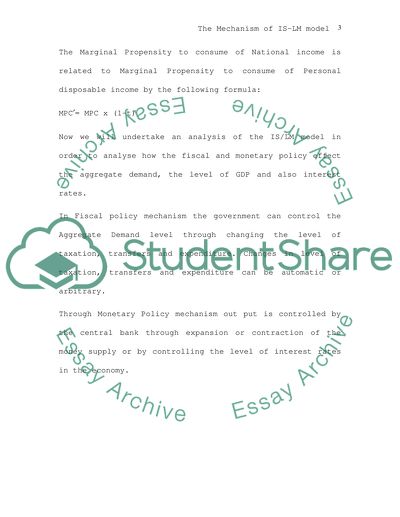Cite this document
(Keynesian Theory and IS-LM Model Research Paper, n.d.)
Keynesian Theory and IS-LM Model Research Paper. Retrieved from https://studentshare.org/macro-microeconomics/1502424-business-theory
Keynesian Theory and IS-LM Model Research Paper. Retrieved from https://studentshare.org/macro-microeconomics/1502424-business-theory
(Keynesian Theory and IS-LM Model Research Paper)
Keynesian Theory and IS-LM Model Research Paper. https://studentshare.org/macro-microeconomics/1502424-business-theory.
Keynesian Theory and IS-LM Model Research Paper. https://studentshare.org/macro-microeconomics/1502424-business-theory.
“Keynesian Theory and IS-LM Model Research Paper”, n.d. https://studentshare.org/macro-microeconomics/1502424-business-theory.


